If you’re a long-time reader, you know I’m keen on blood sugar awareness. In fact, I can’t stop talking about it (evidence here and here). Blood sugar is instrumental for both near-term and long-term health. Everyone benefits from understanding blood sugar—not just pre-diabetics and diabetics. Personally, it changed my life. It helped minimize my PCOS symptoms, improved my relationship with food and my body, and more. I teach my clients how to balance their blood sugar for better sleep, hormone health, and optimized fertility. Today’s article is all about how certain carbohydrates impact blood glucose. Specifically, foods low on the glycemic index to balance blood sugar. Glycemic—what? Let’s dig in.
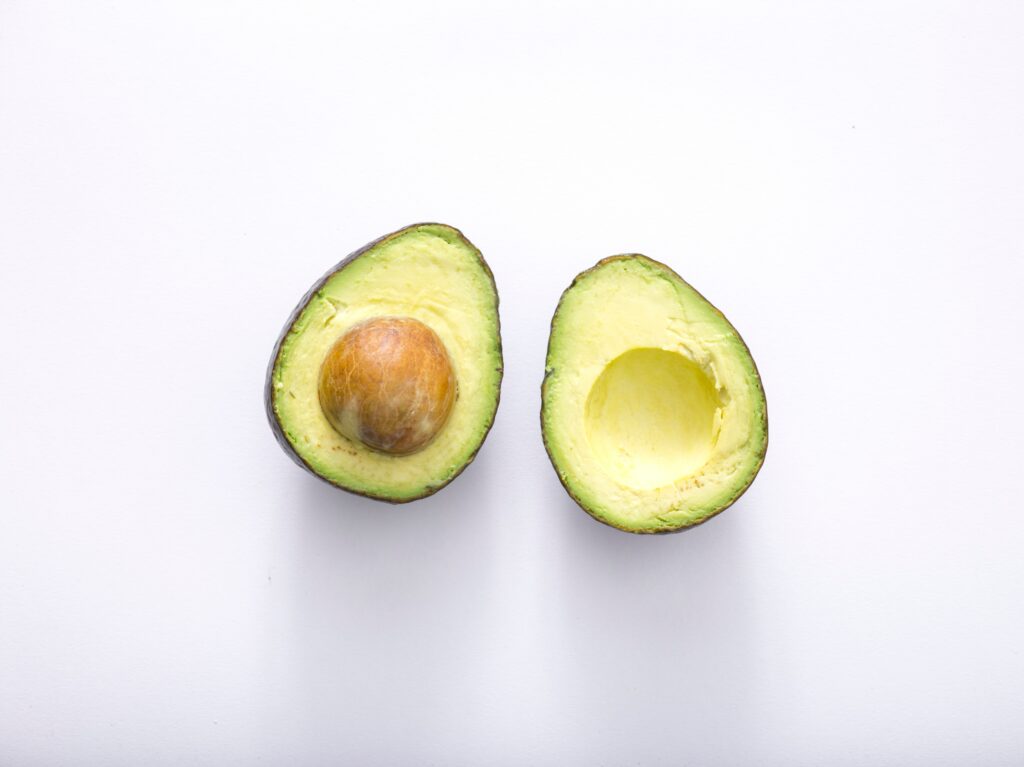
WHAT IS BLOOD SUGAR?
Before we dive into the glycemic index, let’s back up. Without knowing exactly what blood sugar means, you’ve probably heard of the term. Balancing blood sugar is key. It plays a role in energy, feelings, cognitive function, and more. In fact, you may already be familiar with spikes and dips in blood sugar. Hello, hanger! That said, few recognize its affects on a daily basis.
BLOOD SUGAR = THE AMOUNT OF SUGAR (OR GLUCOSE) IN YOUR BLOOD AT ANY GIVEN TIME.
Sugar, or glucose, is the body’s main source of energy. Sugar is produced when we break down any form of carbohydrate: be it an orange, slice of cake, or piece of toast. Once those carbohydrates are absorbed into our bloodstream, they’re used as a source of energy.
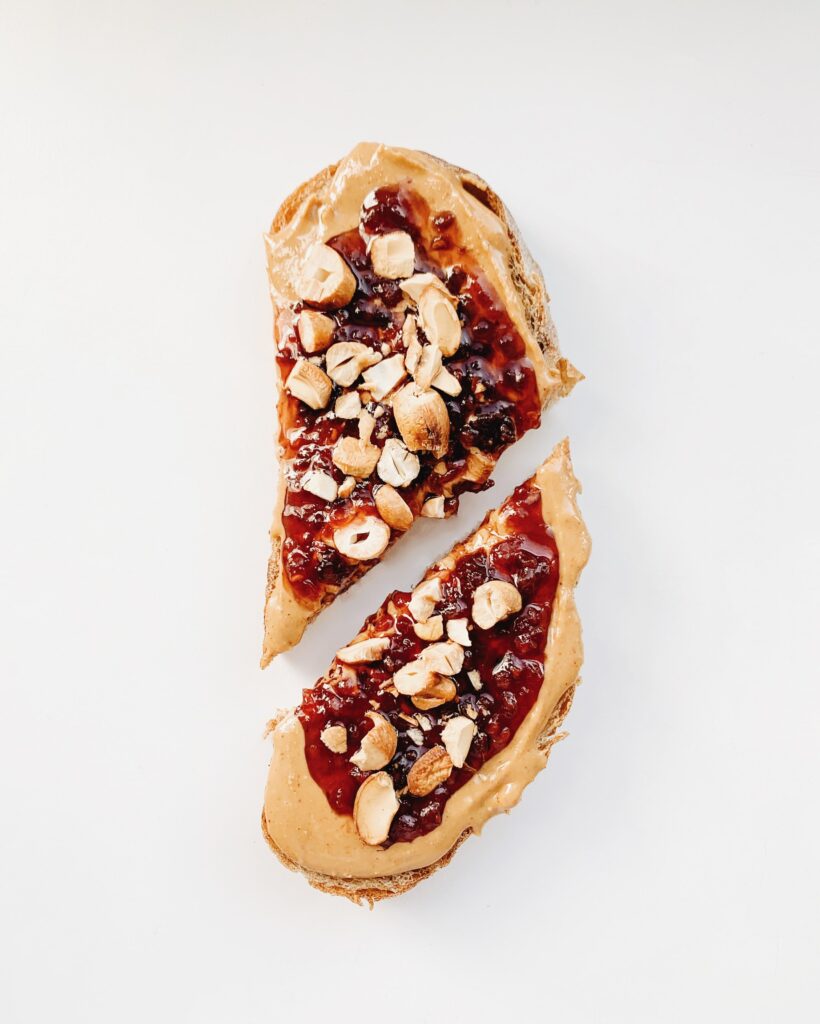
For balanced blood sugar, focus on fiber
Balancing your blood sugar isn’t as complicated as you think. And there’s no need to cut carbs. In fact, I don’t recommend it! One of the most helpful tips—in addition to choosing foods low on the glycemic index—is to pair carbohydrates with protein, healthy fats, and fiber. For example, enjoy a piece of sourdough toast with almond butter and chia seeds (rather than jam). In other words, you want to prioritize well-rounded meals. Ideally, your meals include plenty of non-starchy carbohydrates, too. Think: greens, tomatoes, mushrooms, zucchini, cauliflower, etc. These are all whole food sources of carbohydrates. They naturally contain fiber. And fiber is key. It helps slow digestion, regulate hunger cues, and minimize blood sugar peaks. Last but not least, fiber reduces the glycemic index.
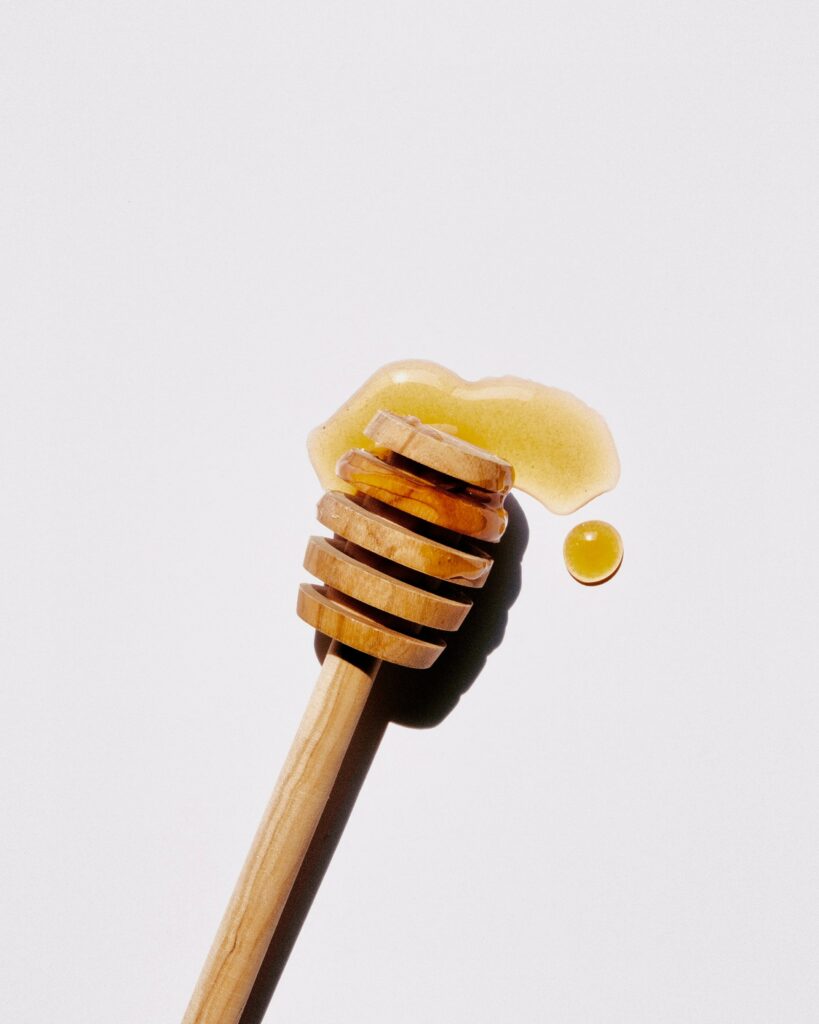
WHAT IS THE GLYCEMIC INDEX?
The glycemic index is a system of measurement. It measures foods containing carbohydrates. The glycemic index shows how quickly a food affects your blood sugar (glucose) level. It ranges from 1-100. A higher number indicates a more significant blood sugar spike. For example, white rice has a glycemic index of 72, while its whole grain counterpart, brown rice, has 50. This means you’ll experience less of a spike from brown rice. The lower the GI of a specific food, the less it may affect your blood sugar levels (you can test your response with a continuous glucose monitor!).
Glycemic index (GI) measures how quickly a carbohydrate-containing food raises blood sugar.
Pure glucose has the highest GI (with a value of 100). This is used as the comparison point for other foods. Below are the three GI ratings:
- Low: 55 or less
- Medium: 56–69
- High: 70 or above
Foods high in refined carbs and sugar are digested more quickly. They have a higher GI. However, ingredients that naturally contain protein, fat, or fiber typically have a low GI. Foods with essentially zero carbs (or literally no carbs at all) are not assigned a GI. These include meat, fish, poultry, nuts, seeds, herbs, spices, and oils.
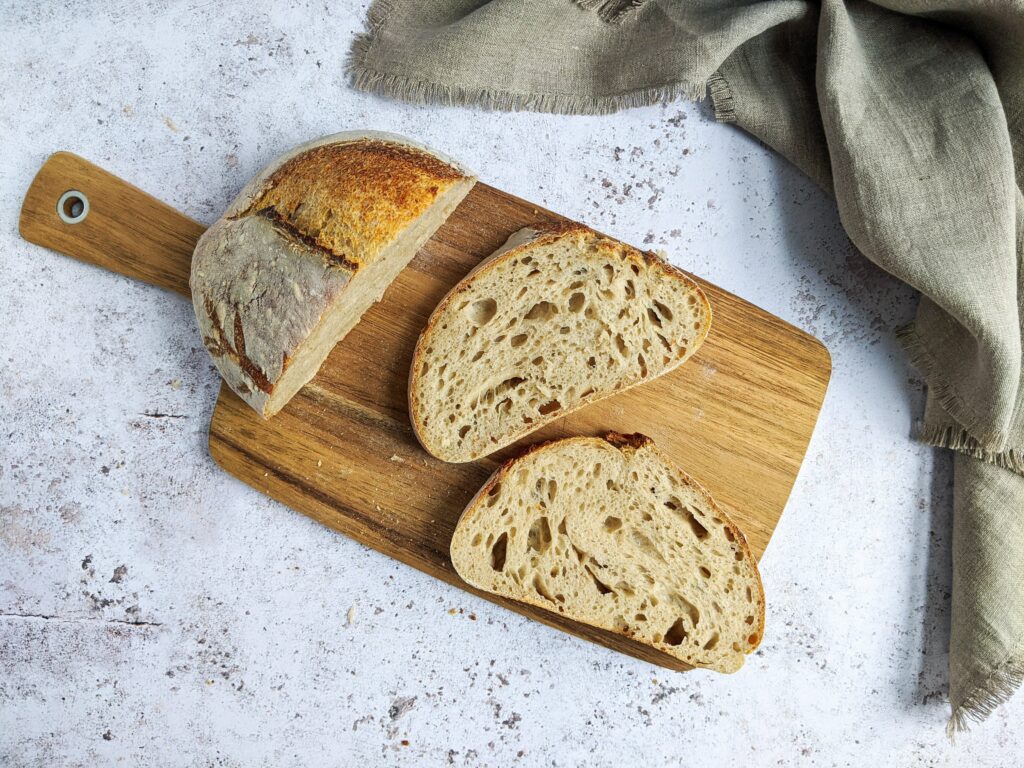
what is the glycemic load?
All of that said, the glycemic index doesn’t take the whole meal—or glycemic load—into account. The glycemic load (GL) considers how quickly that carbohydrate raises blood sugar. In many ways, this system is more useful than the glycemic index. For example, while watermelon is considered to have a high GI (72), when you look at the typical serving size of one cup, watermelon has a low GL (8). So, assuming you don’t eat a giant bowl of watermelon in one sitting—and you pair that watermelon with a source of protein / healthy fats (like cottage cheese)—it’s a simple carb that shouldn’t drastically spike your blood sugar. In essence, knowing the GL of a food gives you a better idea if that food will cause your blood sugar to spike.
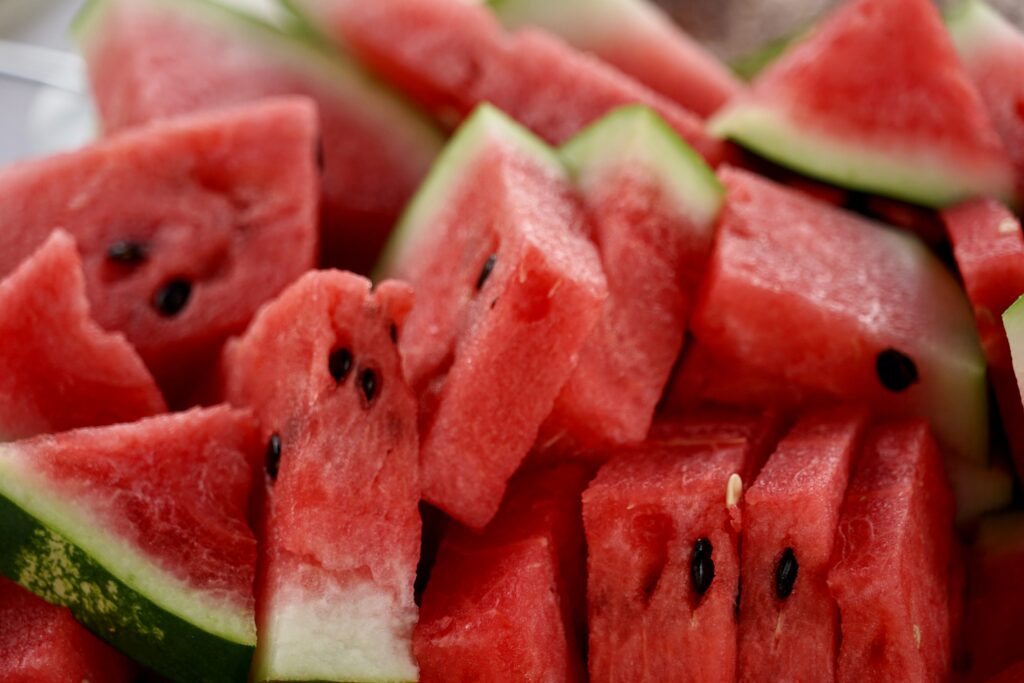
What happens when you eat high GI foods?
Your pancreas releases extra insulin. This helps bring blood sugar back down. While this is a natural mechanism, over time, your body becomes less responsive to insulin. This results in chronically elevated blood glucose. In turn, you become insulin resistant. Eventually, this can turn into a slew of unwanted health issues, like diabetes. Excess insulin also creates inflammation and hormonal imbalance. Needless to say, it’s not a healthy cycle! This is particularly unhelpful for women with PCOS—or those trying to conceive. Rather than reach for standard high GL snacks (like sugar-laden granola bars or a bag of pretzels), try swapping them out for a nourishing snack—rich in protein and fat—to hold you over during that afternoon slump.
50+ foods low on the glycemic index
Without further ado, below are foods low on the glycemic index to balance blood sugar. These all have a GI score of 55 or less. Keep in mind that this list doesn’t include ingredients with zero (or very minimal) carbohydrates—including meat, fish, poultry, nuts, seeds, herbs, spices, and oils.
Fruits
Avocado, berries, cherries, grapefruit, apples, oranges, pears, apricots, lemons, and limes.
Non-starchy vegetables
Brussels sprouts, cauliflower, broccoli, kale, spinach, lettuce, Swiss chard, radishes, onions, garlic, zucchini, summer squash, artichokes, asparagus, fennel, peppers, eggplant, cucumber, celery, leeks, cabbage, and mushrooms.
starchy vegetables
Acorn squash, delicata squash, butternut squash, turnips, and carrots.
beans and legumes
Edamame (soy, in general), black beans, pinto beans, kidney beans, navy beans, chickpeas (garbanzo beans), lentils, and peanuts.
rice
Brown rice, basmati rice, wild rice, and black rice.
whole grains
Barley, buckwheat, bulgur, rolled oats, rye, farro, and quinoa (technically, a seed).
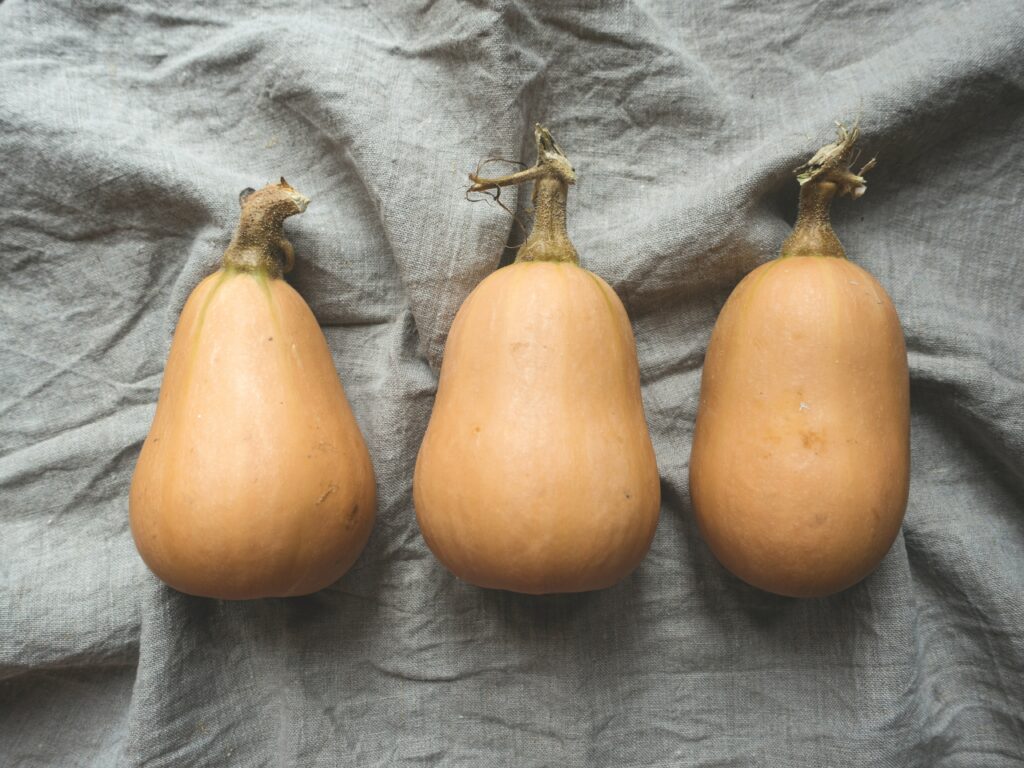
Foods High on the glycemic index
Contrary to foods low on the glycemic index to balance blood sugar, the follow foods are moderate-to-high on the glycemic index. It’s not about avoiding high GI foods. Rather, it’s about eating these in moderation and / or pairing them with a source of healthy fats and protein.
WHITE GRAINS (REFINED CARBS)
White grain-containing foods, such as white bread, pasta, and rice, are all examples of refined carbohydrate sources. They’re delicious, but much of their fiber is removed during processing. Unfortunately, without fiber, blood sugar soars. When it comes to enjoying pasta, aim to pair it with a simple salad as well as a source of protein.
SUGARY DRINKS
Apart from containing substantial amounts of sugar, drinks like soda, sweetened iced tea, and even fruit juice contain virtually no protein, fat, or fiber. They’re blood sugar-bombs. What’s more, these drinks don’t actually aid in satiety.
OAT MILK
Love your oat milk? There are a few reasons to drink oat milk in moderation (consider swapping it for whole milk, almond milk, or coconut milk on the daily). Trending oat milks are very high in refined carbs and often high in sugar (unless you buy unsweetened). This is a double-whammy for blood sugar. If you like to enjoy a bowl of cereal, opt for a blood sugar-friendly milk and low-sugar, high-fiber cereal or granola.
FRIED FOODS
Fried foods—and fast food, in particular—are an easy way to send blood sugar soaring. Sure, no one is calling fast food a health food, but we tend to think about hamburgers and french fries being high in only calories, fat, and oil. The truth is, fast food items tend to also be high in sugar. Some popular drive-thru burgers actually contain as much sugar as a candy bar!
DRIED FRUIT
Dried fruits can be a part of a healthy, balanced diet. They’re a source of quick energy and taste delicious in granola and trail mix. That said, it’s important to pair dried fruit with protein (string cheese, cottage cheese, hard boiled eggs, etc.) as well as a source of fat (walnuts, almonds, olives, etc.) to keep blood sugar balanced. Dried fruit is an energizing pre-workout snack, but it’s one of the foods to avoid before bed.
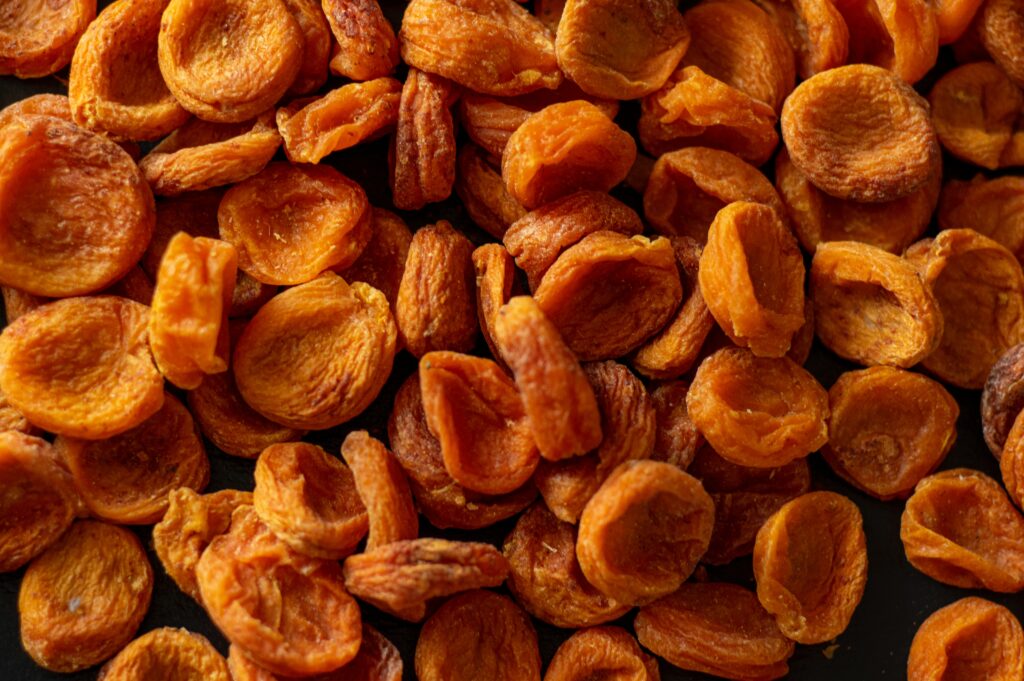
Images courtesy of Unsplash. This article contains affiliate links. Thank you for supporting Wellness with Edie. This article is for informational purposes only. It is not, nor is it intended to be, a substitute for professional medical advice, diagnosis, or treatment and we recommend that you always consult with your healthcare provider.



Leave a Reply